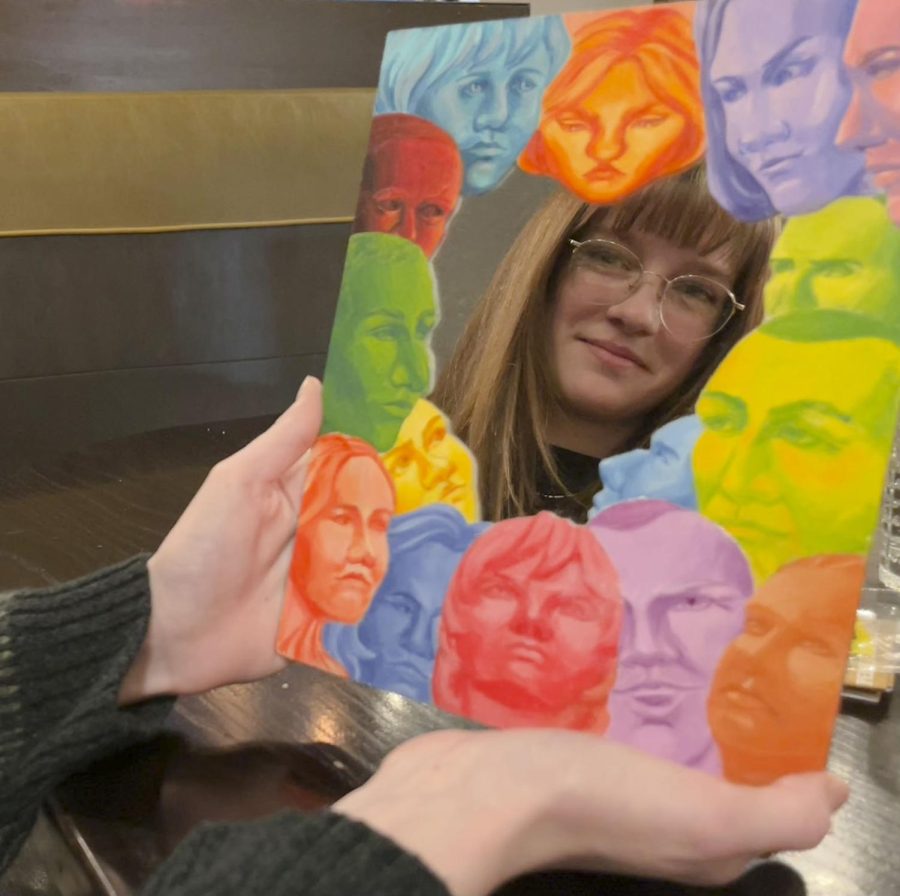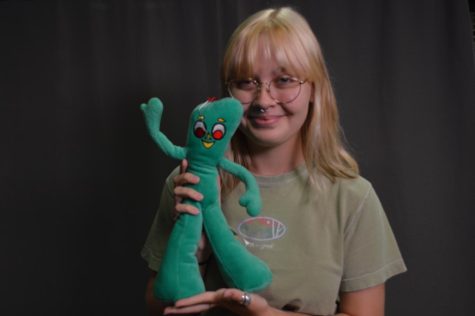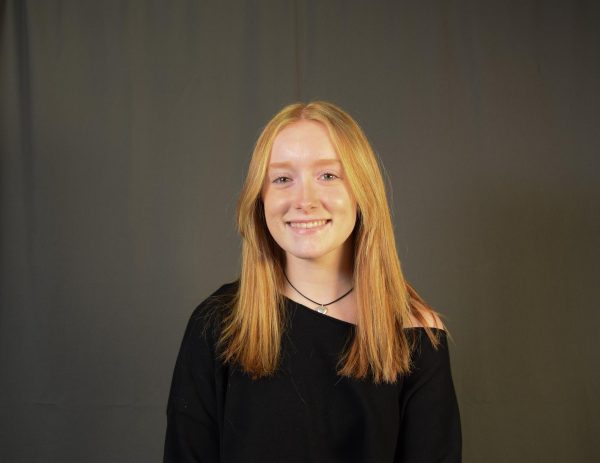Normal ≠ boring: How one NHS artist works to show that we are all interconnected
Morgan’s pieces for her AP Drawing portfolio illustrate how individuals shape one another. She says that her sister has influenced her life in many aspects; she draws inspiration from the people around her.
February 26, 2022
For an average teenager in America, social media and the validation it provides can often dictate how you view yourself. To be deemed ‘special’ is to be thought of as worthy of praise, whereas being viewed as average is to be ‘too boring’ or lacking originality. But is all of humankind different from one another? Or, rather, do we all have common characteristics among us?
In short, there is no one person who is especially unique — it would be practically impossible for even one hundred people to be unlike any of the other 7.7 billion people within the world. In a time where being viewed as unique or ‘one of a kind’ is something many think to be an honor, others—who are not seen as especially quirky—feel the overwhelming weight of being ‘normal.’ In her artwork, junior Mitra Morgan rejects the concept that being ‘normal’ is akin to being ‘boring.’
“My [AP Drawing] portfolio is about the connections between people, how people influence each other, and how that relates to our [identities] and who we are. I wanted to show that it’s okay to be influenced by other people and that you don’t have to be completely unique—you can find connection in that influence,” Morgan said.
Despite her portfolio revolving around connections between others, Morgan is often described as very shy by others. In her AP Drawing class, Morgan’s teacher has noticed she has a tendency to keep to herself, but this doesn’t mean that she isn’t impacting those around her. In fact, NHS art teacher Caroline Hays attests that Morgan is a valuable asset to the classroom.
“She can be kind of quiet in class [but] she is well respected in the class in the sense that when she does talk, people listen. [Her peers] value her opinions because she’s selective as to what she says [in class],” Hays said.
Morgan tends to be quiet and reserved in her day-to-day life; but in her art, she is bold, expressive, and loud. Through her work, Morgan is able to showcase her inner thoughts and feelings to the public.
“I like the freedom [of art],” Morgan said. “Art has made me see the world in a different way; I look at mundane things and I’ll be like, ‘That [would be] so cool to draw.’”
Junior Michelle Workman, who has been friends with Morgan for the past three years, takes note of Morgan’s artistic drive.
“When I first met Mitra [I could tell she was] a very sweet person that [put] a lot of perfection into her work,” Workman said. “She works incredibly hard and she has super detailed work. It is very realistic and intricate. And I can honestly say I’m beyond impressed.”
Hays sees how the meaning behind Morgan’s work is usually deeper than what meets the eye and how there is always a pattern in her work: the relationships between individuals.
“She does a wonderful job with [realistic artwork], but then there’s always kind of like a human connection point,” Hays said.
One attachment that Morgan longed to recreate through her art was the strong and heartfelt relationship that she shared with her late grandmother who passed away this past year. She did this in a drawing of two hands reaching for each other.
“At first, [the piece] was about how I felt disconnected from my grandmother, but I realized after a while that I don’t necessarily feel disconnected from her, it’s just that the connection feels different,” Morgan said.
Although the piece has an explicit meaning to her, Morgan opted not to draw specific faces so that others would be able to see her art and relate it to their own losses.
“It [shows] a connection through death, which everyone can relate to – I want people to resonate with my pieces and understand them.”
However, Morgan did not want to only display how her personal connections influence her life — she yearned for the viewer to question how they, too, are influenced by others. To do this, Morgan decided to paint an array of faces onto a mirror so that the viewer could look at their reflection and see the many faces surrounding them, representing the different individuals who influence them.
The mirror piece is “inviting the viewer to look at themselves as the people that influence them,” Morgan said, “It’s looking at yourself with the perspective of knowing that you are influenced by others and being able to see that [first-hand].”
As for the future, Morgan is unsure of what she will do, but she hopes to have art in her life at some capacity; Hays, too, wishes to see Morgan take art with her well into adulthood.

“I really hope – especially with the students in AP drawing – that art is in some part of their [future]. It’s so cool that in this day and age, a lot of students have so many different interests, but I hope that [Mitra will] have art in some aspect of her [future] life,” Hays said.





